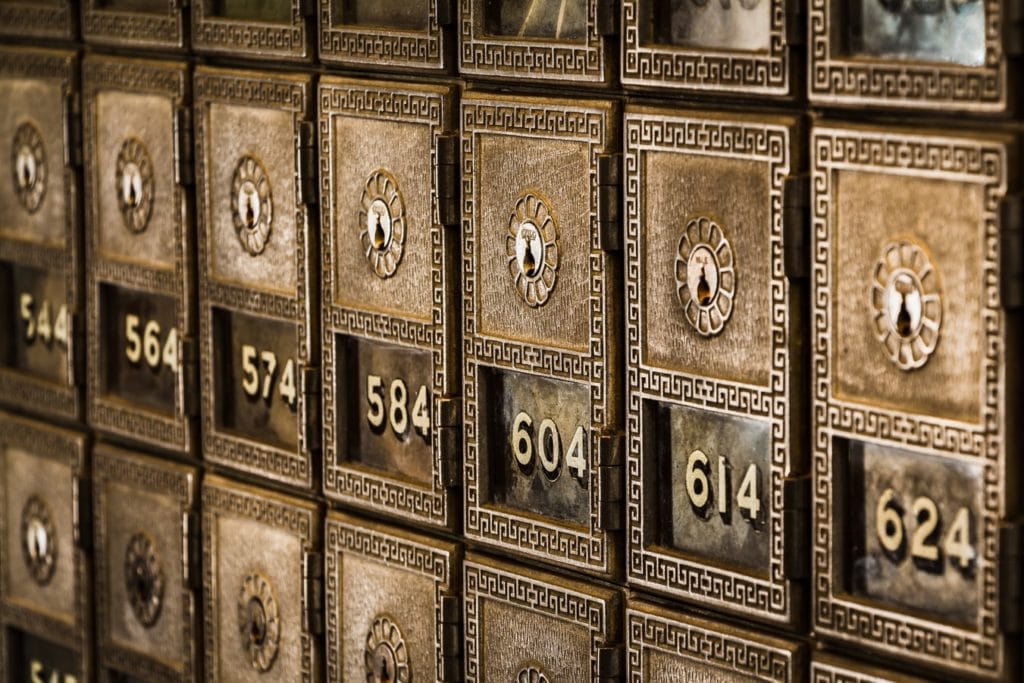FEATURED ARTICLE
What is a Direct Deposit

Edouard Daunizeau
November 12, 2019 •4 min read
TABLE OF CONTENTS
What is a Direct Deposit
How to set up a Direct Deposit
How to Send Payments with Direct Deposit
Who can Use Direct Deposit?
Waiting for a check to clear or even having funds transferred electronically can take days for the money to appear in your bank account. With independent contractors and freelancers making up 36% of U.S. members of the workforce, the struggle of securing your payment can often be daunting and stress inducing. Thus, using Direct Deposit can guarantee that your payments are sent promptly and securely.
What is a Direct Deposit
Direct Deposit is somewhat self explanatory - it is a process where funds are electronically transferred directly to one’s checking or savings account. Having the instantaneous turnaround allows consumers to not only be paid much faster, but settle payment disputes more quickly. To make instant transfers, banks use the Automated Clearing House (ACH) network, which coordinates these types of payments among financial institutions. The process is simple and works like this:
Automatic transactions: When you receive funds via a direct deposit, your account balance will automatically increase when the payment arrives. There is no confirmation process or wait time for the funds to appear. Likewise, when you pay with direct deposit, your checking account balance will automatically subtract the funds when the payment leaves your bank.
Whilst mainly comprising of transactions completed in between individuals via some online service such as PayPal, it will often mean one’s payroll checks from an employer will automatically be deposited into one’s bank account. It is not limited to these two forms of transactions however, as it can also be used to direct deposit for tax refunds and other types of payments. The benefits are numerous, from being better able to budget one’s spending by not having to wonder exactly how many funds really exist in one’s bank account, and getting what the name suggests- instantaneous payment.
How to set up a Direct Deposit
The number of transactions conducted online via either a marketplace such as Amazon or some financial service like Paypal is expected to show an annual growth rate (CAGR 2019-2023) of 12.8% by 2023, resulting in the total amount of $6,699,201. With such an impressive upward trend projected for the future, it behooves the wise consumer to modernize and gain a foothold in the world of instant money transfers known as direct deposits.
To set up a direct deposit into your checking account, you will need to supply the following:
To receive payments, you’ll need to provide the details below to the organization that will be paying you:
Bank account number
Routing number
Type of account held (typically a checking account)
Bank name and address—you can use any branch of the banking institution or credit union you use
Name(s) of account holders listed on the account
Though most people nowadays don’t write checks anymore, much of the data required can be found on them such as the routing number on the bottom left corner. The account number is also on the bottom, but it is located directly in the middle to the right of the routing number. All this information is held at one’s bank and can be obtained simply by asking, or alternatively it can be found online using one’s online banking services, However, that normally involves having to login and search on one’s own. Also, always remember that information such as one’s routing number and account number are highly sensitive and should be treated with caution.
How to Send Payments with Direct Deposit
In order to transfer funds via the internet, one must have established a connection a banking institution that provides ACH (automated clearing house) payments. Examples include business bank accounts, bookkeeping services, and payroll providers that may provide this service—so be sure to inquire to the vendors you’re already associated with. For the next step, gather information about your payee, and always include disclosures relevant to local and federal laws. If you are unsure about the regulations involved in the transactions, be sure to refer to a professional financial advisor such as an accountant.
Who can Use Direct Deposit?
Being that the features of direct deposit are so desirable, it is utilized by a plethora of individuals in varying industries. Examples include but are not limited to:
Independent contractors: : It has long been known that the woes of independent contracting revolved around securing payment from clients. Not anymore, as bookkeeping software or current payroll provider should be able to accommodate those payments fairly easily.
Social Security Benefits: Beginning in 2013, the Social Security Administration required that beneficiaries receive benefits electronically. To sign up for electronic payments, one must visit the U.S. Treasury’s Go Direct website. You can also modify existing direct deposit instructions at www.SSA.gov
Child support and maintenance: Like the Social Security Benefits, in order to receive child support payments electronically, one must contact the state’s department responsible for handling such payments.
Tax refunds: Everybody hates tax season. However, make the headache less intrusive by initiating a direct deposit for your tax refund and get paid faster.. Tell your tax representative that you prefer direct deposit, or provide your bank account information to the government when you file your returns. The funds can even become dispersed among several accounts, making it easier to budget and allocate your refunded cash. To provide direct deposit instructions, use the Refund section on Form 1040 Line 76b-d, or Form 1040EZ Line 13b-d.
Once again, as the world moves towards a digital economy more and more each passing day, it is not only wise by vital that consumers evolve along with the times. From independent contractors seeking more readily paid bills to businesses seeking to streamline the paycheck process, direct deposit benefits and entices all people from all walks of life.
You may also like
Check out these related blog posts for more tips
© 2025 Emma Technologies Ltd. All Rights Reserved.
Emma is registered and incorporated in England and Wales.
Emma Technologies Ltd is an appointed representative of RiskSave Technologies Ltd, which is authorised and regulated by the Financial Conduct Authority (FRN 775330).
Payment services (Non MIFID or Deposit related products) for Emma Technologies Ltd are provided by The Currency Cloud Limited. Registered in England No. 06323311. Registered Office: Stewardship Building 1st Floor, 12 Steward Street London E1 6FQ. The Currency Cloud Limited is authorised by the Financial Conduct Authority under the Electronic Money Regulations 2011 for the issuing of electronic money (FRN: 900199). For more detail on how your money is protected please see here. You can also find Currency Cloud's Terms of Use here.
Emma Technologies is an Introducer Appointed Representative of Quint Group Limited and not a lender. Quint Group Limited is authorised and regulated by the Financial Conduct Authority (Firm Reference Number 669450). Monevo Limited is an Appointed Representative of TransUnion International UK Limited. TransUnion is authorised and regulated by the Financial Conduct Authority (Firm Reference Number 737740). Emma Technologies introduces customers first to Quint Group Limited, as a licensed credit broker, who then refers on to Monevo Limited.
Emma is registered with the Financial Conduct Authority under the Payment Services Regulations 2017 for the provision of payment services.
Financial Conduct Authority Reg Nr: 794952.
Company Registration Number: 10578464.
Data Protection Registration Number: ZA241546.
All testimonials, reviews, opinions or case studies presented on our website may not be indicative of all customers. Results may vary and customers agree to proceed at their own risk.
Resources: Cancel subscriptions, Cashback offers, Who charged me, Rent Reporting, Budgeting, Investment universe, Emma vs Moneyhub.
Featured cashback offers: Samsung, SimplyCook, NordVPN, Audible, M&S Homeware.









